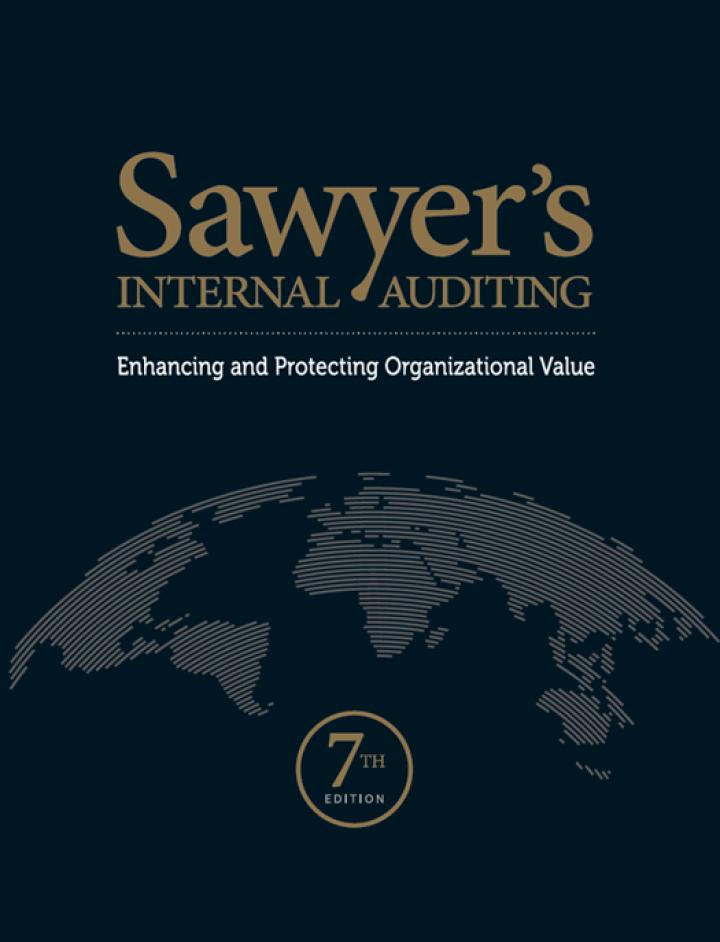
The bad debt ratio for a financial institution is defined to be the dollar value of loans defaulted divided by the total dollar value of all loans made. Suppose that a random sample of 7 Ohio banks is selected and that the bad debt ratios (written as percentages) for these banks are 6%, 5%, 9%, 9%, 5%, 5%, and 6%. (a-1) Banking officials claim that the mean bad debt ratio for all Midwestern banks is 3.5 percent and that the mean bad debt ratio for Ohio banks is higher. Set up the null and alternative hypotheses needed to attempt to provide evidence supporting the claim that the mean bad debt ratio for Ohio banks exceeds 3.5 percent. (Round your answers to 1 decimal place.) HO: Us % versus Ha: % (a-2) Discuss the meanings of a Type I error and a Type Il error in this situation. Type : Conclude that Ohio's mean bad debt ratio is Type II: Conclude that Ohio's mean bad debt ratio is 3.5% when it actually is s 3.5%. 3.5% when it actually is > 3.5%. (b-1) Assuming that bad debt ratios for Ohio banks are approximately normally distributed, use critical values and the given sample information to test the hypotheses you set up in part a by setting a equal to .01. (Round your answers to 3 decimal places.) t0.01 (1-2) Interpret the p-value of .0026 for the test. Since to.01 t. HO. The bad debt ratio for a financial institution is defined to be the dollar value of loans defaulted divided by the total dollar value of all loans made. Suppose that a random sample of 7 Ohio banks is selected and that the bad debt ratios (written as percentages) for these banks are 6%, 5%, 9%, 9%, 5%, 5%, and 6%. (a-1) Banking officials claim that the mean bad debt ratio for all Midwestern banks is 3.5 percent and that the mean bad debt ratio for Ohio banks is higher. Set up the null and alternative hypotheses needed to attempt to provide evidence supporting the claim that the mean bad debt ratio for Ohio banks exceeds 3.5 percent. (Round your answers to 1 decimal place.) HO: Us % versus Ha: % (a-2) Discuss the meanings of a Type I error and a Type Il error in this situation. Type : Conclude that Ohio's mean bad debt ratio is Type II: Conclude that Ohio's mean bad debt ratio is 3.5% when it actually is s 3.5%. 3.5% when it actually is > 3.5%. (b-1) Assuming that bad debt ratios for Ohio banks are approximately normally distributed, use critical values and the given sample information to test the hypotheses you set up in part a by setting a equal to .01. (Round your answers to 3 decimal places.) t0.01 (1-2) Interpret the p-value of .0026 for the test. Since to.01 t. HO







